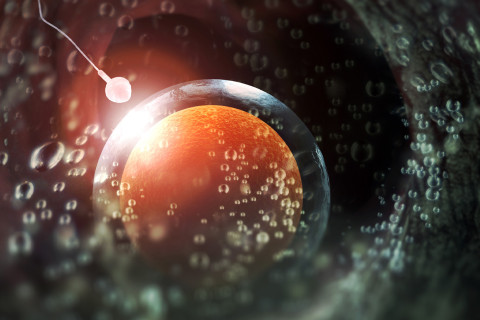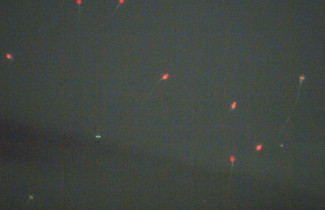Academy Research Fellow Jukka Kekäläinen from the University of Eastern Finland calls for a broader and more inclusive definition of infertility in a recent opinion piece published in the journal Human Reproduction last week. Infertility is not necessarily exclusively a pathological condition but can also result from sexual selection at the level of gametes.
Modern assisted reproductive technologies have helped millions of infertile couples to bypass their reproductive challenges, and these technologies can be regarded as one of the greatest achievements of medicine. Yet, they are far from perfect. Many couples still fail to achieve pregnancy or need several treatment cycles to attain parenthood. For a significant proportion of couples, the reason for infertility remains unexplained, and diagnosing infertility is thus highly challenging.
According to the current definition, infertility is seen as a disease of the male or female reproductive system, and is thus assumed to be caused by male or female derived pathological factors. However, recent evolutionary studies paint a picture that is far more complex. Besides being dependent on individual males and females, it is likely that fertilisation success is also heavily affected by the reproductive compatibility of the partners.
The female reproductive tract is the ultimate gatekeeper
In natural fertilisation, the female reproductive tract allows only a strictly selected sperm subpopulation to proceed in the vicinity of an unfertitilised oocyte. This process is known as the cryptic female choice, which often promotes assortative fertilisation between the gametes of genetically compatible partners. The phenomenon is ubiquitous in the animal kingdom and has recently been demonstrated to occur also in humans.
It has been suggested that the female reproductive tract and oocytes can identify compatible sperm genotypes based on specific gamete surface molecular markers and this way promote ‘mate choice’ at the level of the gametes. One of the primary functions of such gamete-mediated mate choice is likely to evaluate the immunogenetic compatibility of the reproductive partners prior to gamete fusion.
Given that prior to fertilisation sperm are exposed to multiple female-derived reproductive secretions, gamete-mediated mate choice can potentially occur in different parts of the female reproductive tract, and therefore act already before the physical contact of the gametes. Accordingly, the genetic compatibility of the reproductive partners is likely dependent on a complex network of interacting male and female genes, which are not expressed exclusively on the sperm or oocyte surfaces.
New opportunities for diagnostics and infertility treatment
A more inclusive definition of infertility, one which considers the possibility that the probability of conception is also affected by evolutionary mechanisms that strive to ensure the compatibility of the parental genes prior to gamete fusion, could help us understand why current diagnostic tests frequently fail to find any clear reason for reproductive failure. A broader view of infertility could also open up novel opportunities to tailor infertility treatments to each couple.
Reference:
Jukka Kekäläinen, Genetic incompatibility of the reproductive partners: an evolutionary perspective on infertility, Human Reproduction, 2021;, deab221, https://doi.org/10.1093/humrep/deab221 (28.9.2021)


